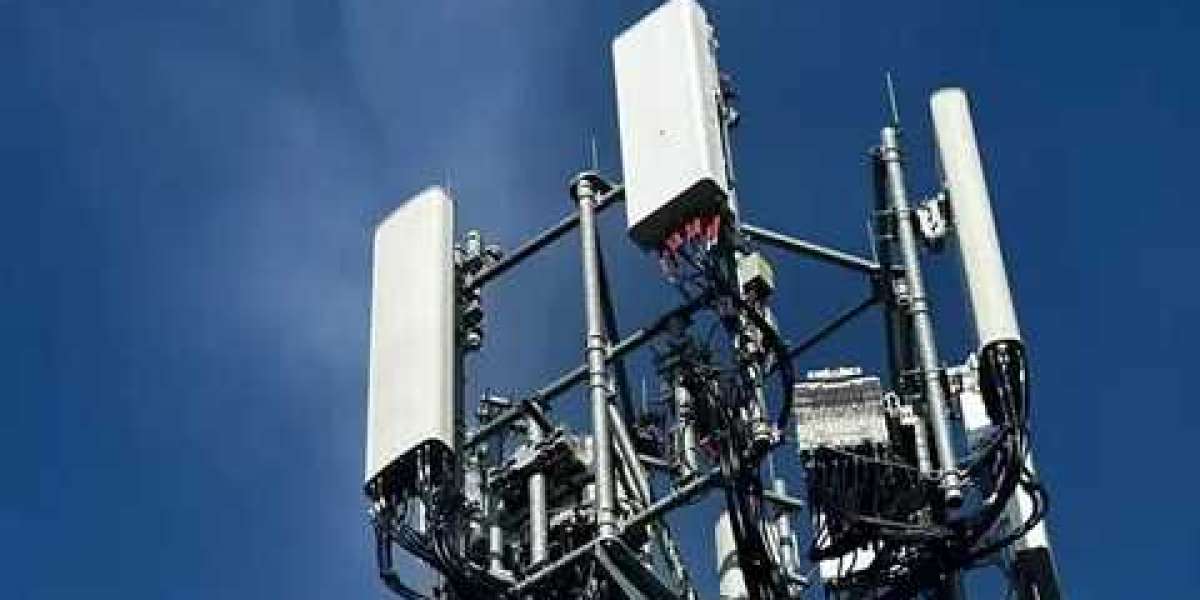The world is entering an era where speed, reliability, and connectivity define progress — and at the center of this evolution stand 5G antennas. From powering smart cities to enabling autonomous vehicles, 5G technology is transforming how we live and work. But what exactly makes 5G antennas so powerful, and why are they considered the backbone of future communication systems? Let’s explore how these small yet mighty devices are reshaping our digital landscape.
What Are 5G Antennas and How Do They Differ from 4G?
Simply put, 5G antennas are advanced communication components that transmit and receive data over high-frequency radio waves. Unlike 4G antennas that operate at frequencies below 3 GHz, 5G antennas use a much wider spectrum — reaching up to 100 GHz. This allows for faster data transfer, higher capacity, and significantly lower latency.
5G antennas also employ cutting-edge technologies like beamforming and Massive MIMO (Multiple Input Multiple Output). Beamforming focuses the signal directly toward the user, ensuring stronger, more stable connections. Meanwhile, Massive MIMO enables antennas to handle connections with hundreds of devices at once — an essential feature in crowded areas or connected environments like stadiums, factories, and smart cities.
Types of 5G Antennas and Their Roles
The strength of 5G lies in its network diversity, and various 5G antennas serve different purposes across multiple environments.
Small Cell Antennas – Compact and easy to install on lamp posts, buildings, or poles, these antennas provide dense network coverage in cities. They enhance signal strength and reduce congestion in high-traffic areas.
Macro Cell Antennas – Mounted on towers or tall structures, macro cell antennas offer long-range coverage, connecting users across suburban and rural zones.
Millimeter-Wave (mmWave) Antennas – These antennas operate in ultra-high-frequency bands, delivering extremely fast speeds ideal for real-time communication and streaming, though they have limited range.
Massive MIMO Antennas – Equipped with multiple elements, they enable simultaneous data streams, increasing efficiency and capacity across the network.
Together, these antennas form a layered network that ensures seamless connectivity — whether you’re in a crowded city or a remote countryside.
How 5G Antennas Are Changing the World
The rise of 5G antennas goes beyond faster downloads; it’s about enabling a smarter, more connected planet. In healthcare, doctors can now perform remote surgeries with real-time precision thanks to ultra-low latency. In manufacturing, connected robots and sensors powered by 5G antennas improve productivity and reduce downtime through predictive maintenance.
Smart cities rely on 5G antennas to connect traffic lights, cameras, and environmental sensors, optimizing everything from transportation to waste management. Even in entertainment, these antennas make virtual reality (VR), augmented reality (AR), and cloud gaming smoother and more immersive than ever before.
Moreover, as the Internet of Things (IoT) expands, billions of devices — from household appliances to industrial machines — will depend on 5G antennas for instant communication and data sharing.
Challenges in Deploying 5G Antennas
Despite their transformative potential, 5G antennas face some challenges. One major limitation is their short range, especially for millimeter-wave frequencies, which can be easily blocked by walls, trees, or even rain. This means a greater number of antennas are needed to provide consistent coverage, leading to higher infrastructure costs.
Another concern is energy consumption and placement. Deploying small cells in urban environments requires strategic planning to maintain aesthetics and minimize interference. However, advancements like reconfigurable intelligent surfaces (RIS) — panels that reflect and direct signals — and AI-based network optimization are helping overcome these obstacles, making 5G deployment faster and more efficient.
The Future of 5G Antennas
The evolution of 5G antennas is just beginning. Future designs are becoming smaller, smarter, and more energy-efficient. Researchers are exploring hybrid antenna systems that can switch frequencies seamlessly and adjust beam directions in real time. Integration with artificial intelligence and machine learning will enable networks to predict demand, allocate bandwidth automatically, and deliver unmatched performance.
As we move toward 6G technology, 5G antennas will lay the foundation for ultra-intelligent communication systems — powering holographic calls, smart transportation grids, and even space-based internet networks.
Conclusion: 5G Antennas — Powering a Connected Tomorrow
In a world that never stops communicating, 5G antennas are the silent enablers of progress. They make high-speed, low-latency, and ultra-reliable communication possible across every sector — from healthcare to entertainment, from homes to entire cities.
As 5G continues to roll out globally, these antennas will remain at the heart of innovation, connecting people, devices, and industries in ways once thought impossible. The future of connectivity is here, and it’s powered by 5G antennas — the invisible force driving the digital revolution.






